
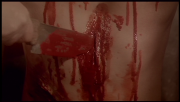
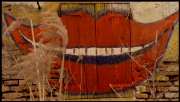
The House with Laughing Windows has more in common with The Perfume of the Lady in Black or Footprints on the Moon than it does with the bulk of its gialli brethren. There are no black gloves or razorblades here, nor striking sets or groovy fashions. Typical of the post-Deep Red giallo, THWLW is heavy on the atmosphere, and spirals into all-out horror by the film's shock-twist ending.
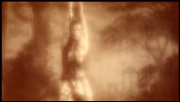

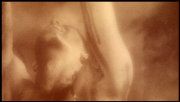
Stefano (Lino Capolicchio), an art restorer, is flown to the remote village of Ferrara to work on a crumbling fresco painted by the late Legnani. It comes to light that Legnani was unbalanced, and painted his subjects as they were dying. The subject of the fresco, a bound man bleeding from multiple stab wounds, had been murdered by Legnani's equally insane sisters, neither of whom were seen again after the night of the artist's death.
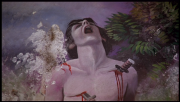
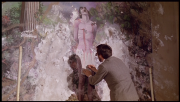
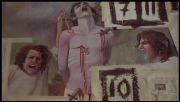
When his friend is pushed out of a window after informing him of such past atrocities, Stefano is evicted from his current hotel. The village idiot invites Stefano to stay at a moldering villa in the bush where he cares for a bedridden old woman. It seems that someone else, of whom we see no more than an arm, lives in the attic room.
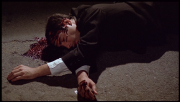
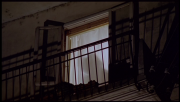
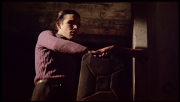
After hearing something strange from upstairs in the night, Stefano explores the attic room and discovers an old tape recorder. It contains Legnani's delusional ramblings about his "colors", and Stefano soon finds himself drawn into the mystery surrounding the painter of death. His inquiries bring him to another rotting farmhouse, this one with bright red smiles painted over the windows and a skeleton buried in the yard...
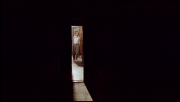
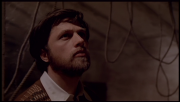
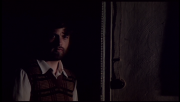
Pupi Avati, the director of Euro-chiller Zeder, made this one of the best and most original gialli of all time. It's a bit slow by genre standards, and the violence is kept to a minimum, but it builds steam and grows more menacing as the story progresses. The few gore scenes, though obviously low-budget, are effective because they ARE few and far-between. The lighting, soundtrack, and photography contribute immensely to THWLW's gradually-building air of malice and mystery. Very much recommended, though now out of print. Secondhand copies here.
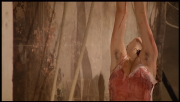

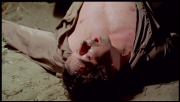


I think I need to see this one, a good friend recommended it and this blog has piqued my interest '-'
ReplyDeleteThis comment has been removed by the author.
ReplyDelete